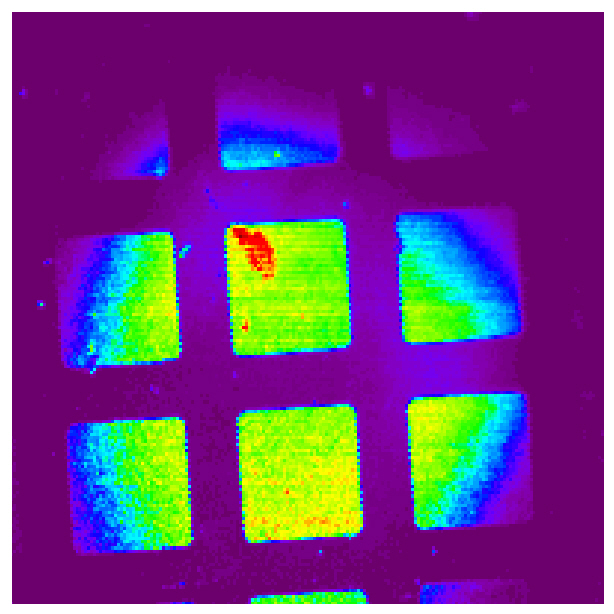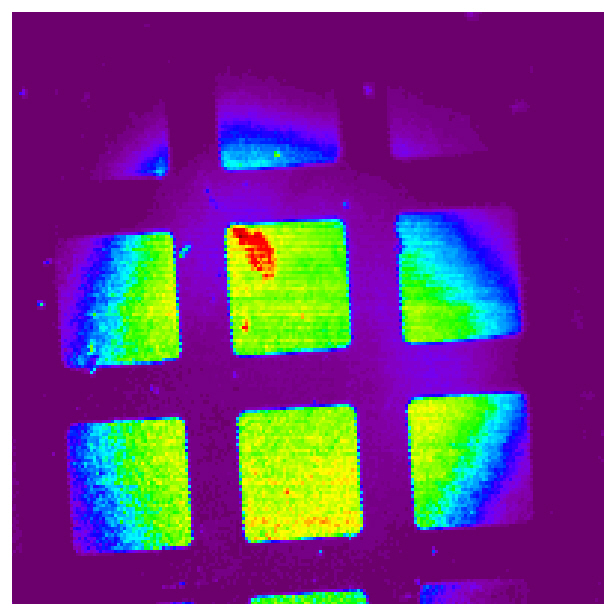Chemical manipulation of nitrogen-vacancy centers in diamond
A nitrogen-vacancy ( ) center in diamond is a point defect consisting of a nitrogen atom substituting for a carbon atom that sits beside a lattice vacancy. The defect with two well-known charge states, a neutral and a negatively charged state, has received considerable attention because of its unique photoluminescence properties in the visible range, allowing an optical readout of the spin state at room temperature. The excitement around the centers in diamond comes from their potential use for spintronics applications and quantum computation.
In a recent Rapid Communication in Physical Review B, Moritz Hauf and collaborators from Technische Universität München, University of Stuttgart, and Ruhr-Universität Bochum, all in Germany, have found a way to chemically control the charge state of NV centers in diamond. By changing the surface termination from oxygen to hydrogen, stable centers, ion-implanted a few nanometers below the surface of diamond, are converted into an state and subsequently into a nonfluorescent state. Hauf et al. also study numerically the band bending from the surface termination that induces a -type surface conductive layer to deplete the electrons in the centers underneath. The deeper the centers are implanted into the crystal, the weaker is the effect of the surface termination. This work opens the way to an electrostatic means of switching the charge state of centers using an external gate electrode, an important step forward for realizing spintronics applications. – Sarma Kancharla





